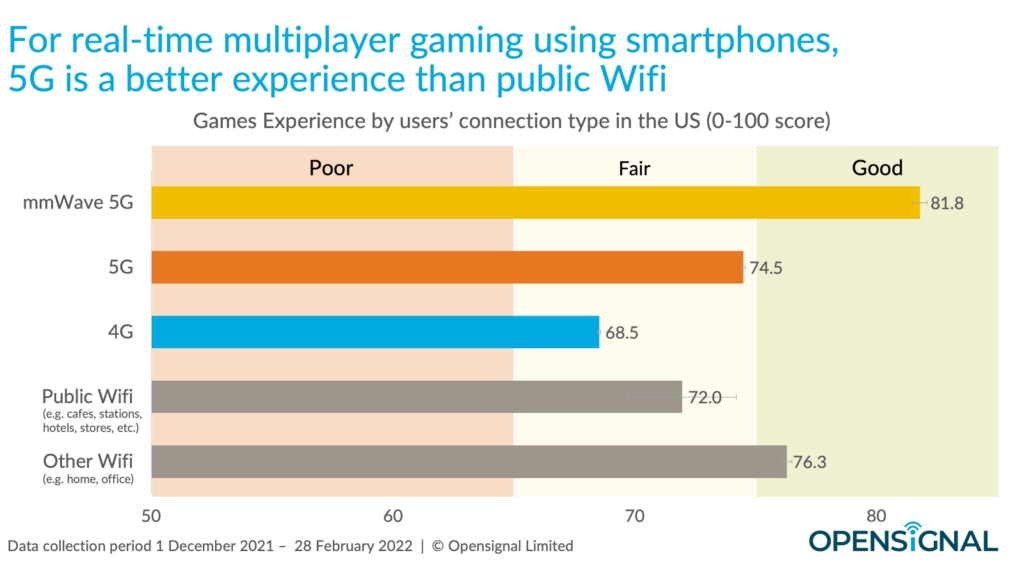Picture a scenario where a simple tap of a card for a cup of coffee results in a hacker gaining access to your bank account from halfway across the world. Now, envision this not as a one-time occurrence, but as a regular event: Imagine the encryption that safeguards our digital data suddenly becoming ineffective.
This may no longer be a far-fetched idea, but a potential reality once quantum computers of significant power become operational. These cutting-edge devices will leverage the peculiar principles of the quantum realm to unravel secrets that would take conventional computers more than a lifetime to decrypt.
The timeline for when this might occur remains uncertain. Nevertheless, numerous individuals and entities are already apprehensive about the prospect of “harvest now, decrypt later” attacks, where cybercriminals or other adversaries pilfer encrypted data now to decrypt it in the future with a quantum computer.
With the advent of quantum computers drawing nearer, cryptographers are working tirelessly to develop new mathematical strategies to safeguard data against potential quantum threats. The intricate mathematics involved in this endeavor could be pivotal for the survival of our digital ecosystem.
Securing Data Against Quantum Threats
The crux of breaking much of the existing online security lies in the mathematical challenge of finding two numbers that, when multiplied, yield a third number. This third number serves as the key to unlock confidential information. As this number grows larger, the time required for an ordinary computer to crack the code surpasses our lifetimes.
However, future quantum computers are poised to decode these codes at a much faster pace. Consequently, the race is on to devise new encryption algorithms capable of withstanding quantum attacks.
The US National Institute of Standards and Technology has long been advocating for proposed “quantum-proof” encryption algorithms, yet only a few have proven resilient under scrutiny so far. For instance, the Supersingular Isogeny Key Encapsulation algorithm faced a significant setback in 2022 when it was successfully compromised with the assistance of Australian mathematical software.
The competition in this domain has intensified this year. Apple recently enhanced the security system for its iMessage platform to fortify data against potential quantum threats. Similarly, Chinese scientists announced the implementation of an “encryption shield” to safeguard the Origin Wukong quantum computer from quantum attacks.
Simultaneously, cryptographer Yilei Chen unveiled a method through which quantum computers could potentially target a crucial class of algorithms based on lattice mathematics, previously considered highly resilient. Lattice-based techniques are integrated into Apple’s new iMessage security system and are among the primary contenders for a standard post-quantum encryption algorithm.
Understanding Lattice-Based Algorithms
Lattice-based cryptography revolves around an arrangement of points in a repetitive structure, akin to the pattern of tiles in a bathroom or atoms in a diamond crystal. The fundamental premise of this cryptography is concealing a secret point within a lattice and assessing the time required for someone else to uncover this point from a different starting point in the lattice.
A variant of the lattice problem known as “learning with errors” is believed to pose an insurmountable challenge even for quantum computers. As the lattice size expands, the time to solve this problem is projected to grow exponentially, thwarting quantum decryption attempts.
Similar to the challenge of factoring large numbers central to current encryption methods, the lattice problem is intricately linked to a profound mathematical conundrum known as the “hidden subgroup problem.”
While Yilei Chen’s approach initially suggested quantum computers could expedite solving lattice-based problems under specific conditions, subsequent scrutiny revealed an error in his findings. Despite this setback, Chen’s research has spurred cryptographers to reevaluate the security of lattice-based methodologies, exploring potential vulnerabilities.
Emphasizing Mathematical Expertise
Chen’s research sparked intense debate within the cryptographer community, yet it garnered limited attention beyond this niche circle due to the intricate nature of the subject matter. Notably, the Australian government’s national quantum strategy aimed to position the country as a frontrunner in the global quantum industry, but overlooked the pivotal role of mathematics in this pursuit.
While Australia boasts numerous leading experts in quantum computing and quantum information science, unlocking the full potential of quantum computers and fortifying against potential threats necessitates a profound understanding of mathematics to drive innovative research and advancements.
This article is republished from The Conversation under a Creative Commons license. Read the original article.
Image Credit: ZENG YILI / Unsplash



